Turns out, there is more to Easter than just a religious public holiday.
Easter is an important celebration day for Christians, as it is a moment to commemorate the death and resurrection of Jesus Christ to atone for human sins. Hence, it marks a celebration of victory as well as hope for Christians all over the globe. That being said, there are several interesting tidbits about this millenniums-enduring tradition that add more layers to what might come across as another religious public holiday. Here Indonesia Expat unearths some of the fun facts about Easter that you might not know just yet.
The holiday is named after the Anglo-Saxon goddess, Eostre
Why is Easter called Easter? According to scholars, this Christian holiday is named after the Anglo-Saxon goddess, Eostre, who is depicted as the Goddess of Fertility as well as the Goddess of Dawn and Light. She is honoured in Pagan festivals celebrating the arrival of spring, further highlighting the fusion of Pagan traditions with Christian holidays. She is frequently depicted with symbols of spring, such as eggs and hares, which have become integral elements of the contemporary Easter celebration. Furthermore, back in 1835, Jacob Grimm, who was one of the brothers behind Grimm’s Fairy Tales, wrote Deutsche Mythologie: an expansive study of Germanic and Norse mythology in which the author connected the dots between the Anglo-Saxon Eostre and broader Germanic religion.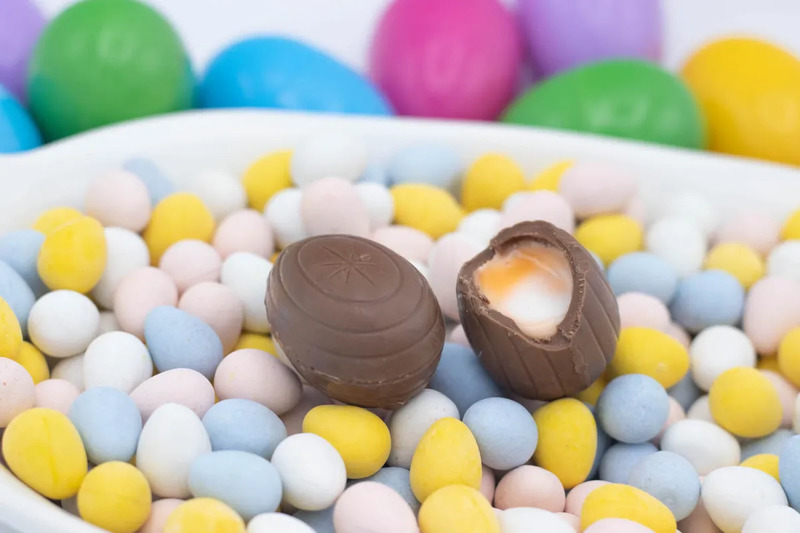
Cadbury produces millions of chocolate eggs for Easter
Cadbury produces more than 1.5 million Crème Eggs every day to be sold on every supermarket shelf in European and American countries. Crème Eggs on supermarket shelves are often considered a sign that Easter is not far away. The Cadbury Crème Eggs consist of a thick chocolate shell containing a sweet white and yellow filling resembling fondant, with the filling mimicking the albumen and the yolk mimicking a soft-boiled egg. Ahead of Easter this year, Cadbury unveiled what it claimed to be the world’s largest Cadbury Creme Egg in Birmingham, England. Created by Cadbury chocolatiers Dawn Jenks and Terry Collins, the giant chocolate egg was filled with fondant and engraved with the familiar ‘twinkle’ as it weighs a hefty 45 kilograms. Additional trivia: Americans typically spend approximately US$1.9 billion on Easter candy, which makes Easter the second-largest candy-spending holiday after Halloween.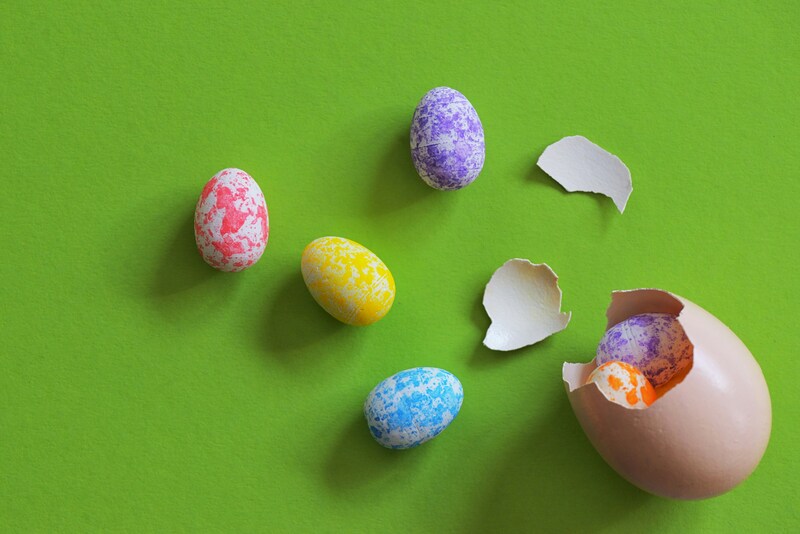
White, purple, red, and gold colours are often associated with Easter
The colours most often associated with Easter are white, purple, red, and gold. Each of these colours has a different meaning and symbolism in the context of Easter celebrations. White symbolises the purity and cleanliness of Jesus Christ through His death and resurrection. Purple symbolises the humility, repentance, and suffering experienced by Christ during His journey to the cross. Red symbolises the blood of Christ shed for the redemption of the sins of mankind. Finally, gold symbolises the glory, wealth, and immortality of Christ who has risen from the dead. 
Each country has its own special Easter dishes
If in Indonesia, Christians generally prepare kastangel and putri salju cookies during Easter, countries in other parts of the world also have their own special dishes when celebrating Easter. For example, hot cross buns, which are sweet breads that are usually consumed during the Easter season, are especially popular in English-speaking countries. This bread is usually round, made from bread dough mixed with raisins, orange peel, and spices such as cinnamon, nutmeg, and cloves. Typically on top of the bun is a cross made of bread dough or sugar which symbolises the crucifixion of Jesus Christ. In addition to hot cross buns, some other special Easter dishes are Easter ham from the United States, capirotada from Mexico, paasbrood from the Netherlands, and many more.
The legend of the Easter Bunny began in Germany
Just as Santa Claus has no Christian significance for Christmas, the Easter Bunny has no real connection to the holiday. The Easter Bunny’s origins date back hundreds of years, beginning in pre-Christian Germany. Here, the bunny was said to be a symbol of the Pagan Goddess of Spring and Fertility. As Christianity spread throughout Europe, Pagan traditions blended with the Christian holiday, which sees the Easter Bunny laying nests of colourful eggs (today, chocolate) for well-behaved children on Easter Sunday.
Central Borneo celebrates Easter with ‘momento mori‘
Christians in Central Borneo (Kalimantan Tengah) have a tradition that is carried out on Holy Saturday each Easter weekend, called momento mori. This tradition comes from Latin which means ‘remember you will die.’ Momento mori is believed to have started in the 19th century and was brought by the Dutch to Borneo Island. Those who follow it are typically Christian congregations whose family members have died. Momento mori is carried out by family members at the graves of their family members. They will gather throughout the night of Holy Saturday until the dawn of Easter Sunday. They light candles and place flowers on the graves. As soon as dawn arrives, the church has prepared tents so that pilgrims can continue the Easter tradition.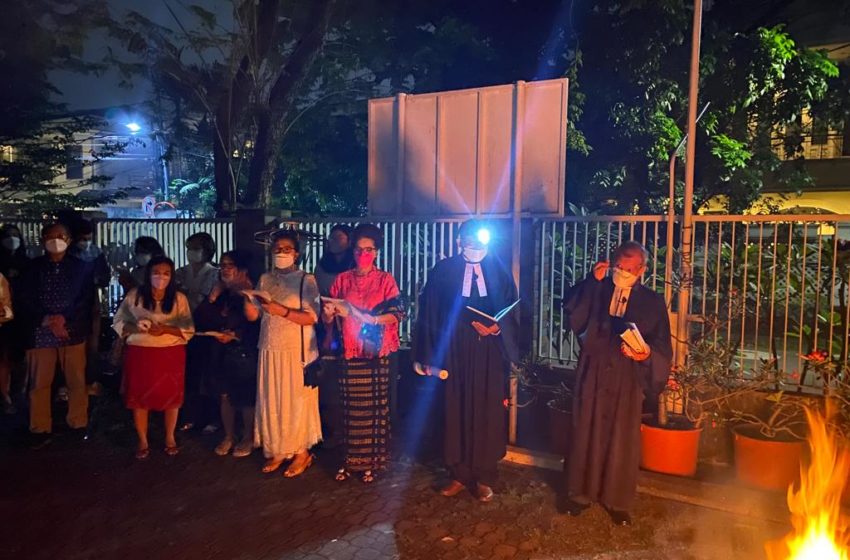
Indonesia’s Bataknese celebrates Easter with ‘buha-buha ijuk‘
Easter celebrations in Indonesia are also carried out differently in several regions, one of which is in Parapat, Simalungun Regency, North Sumatra. This tradition is called buha-buha ijuk (dawn prayer), which is a prayer service to commemorate the resurrection of Jesus Christ from the grave which has become a tradition of the Bataknese community in Parapat. Usually, the church will ring the bell at exactly 4 AM, then the community will wake up and head to their respective family graves. If the grave is close to home, people will usually walk. But if it is far away, they are allowed to ride a vehicle. After praying at the family grave, buha-buha ijuk is continued with worship activities in the church. According to scholars, the buha-buha ijuk tradition in Parapat might find its origin in the local ancestor’s attempt to ‘imitate’ the event in the Bible during which Mary Magdalene learned the news of the resurrection of Jesus Christ from a graveyard.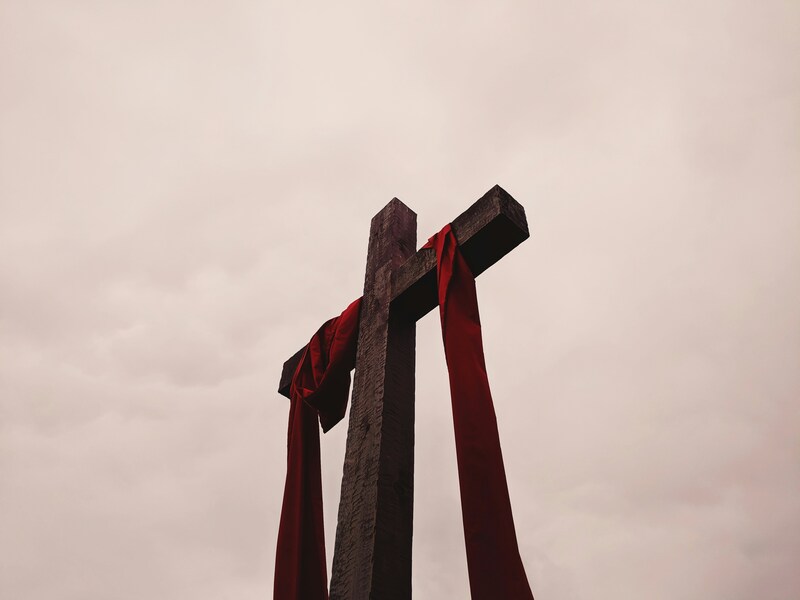
Most German states ban dancing during Easter’s Good Friday
Good Friday marks the beginning of the Easter weekend, and in most German states, dancing or dancing in public is considered illegal. Many nightclubs in Berlin, arguably the largest city in Germany, will typically become dance-free zones in honour of the religious holiday. Another example is the German state Baden-Württemberg in which music is still allowed but dancing is not. Meanwhile, in Bavaria, if you are caught playing any kind of music in a bar, you can be fined up to €10,000. The ban is meant to honour the Christians who mourn the death of Jesus Christ on Good Friday, resulting in Good Friday commonly being considered a day of silence in many parts of Germany.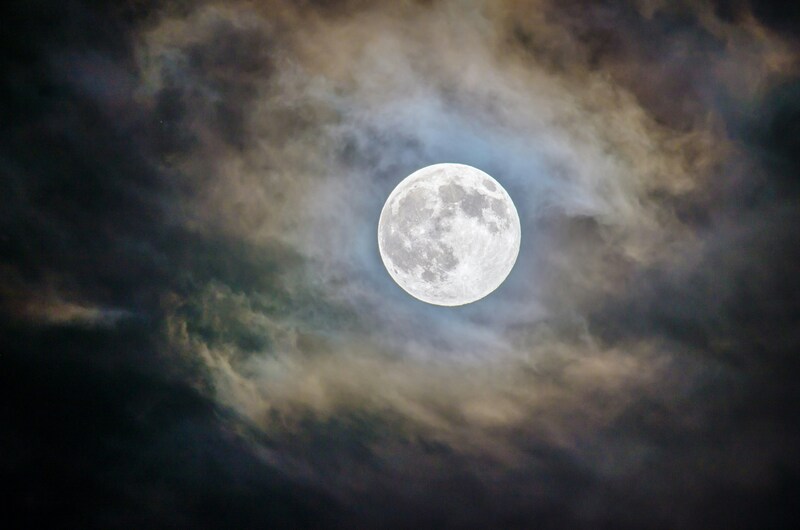
The date of Easter correlates with a full moon
Easter celebrations fall on different dates each year. This is due to the calculation of Easter which is related to the first full moon after the first day of spring, so Easter usually falls around March to April. Although the date is not fixed, Easter celebrations always fall on the same days, namely Friday to Sunday. The determination of the date of Easter has its roots in the Council of Nicaea back in 325 AD. At that time, church leaders agreed that Easter should be celebrated on a Sunday and should not coincide with the Jewish Passover (Pesach). Therefore, a full moon-based calculation system was used to determine the date of the Easter celebration. Additionally, while the Western Church (Roman Catholic and Protestant) uses the Gregorian calendar to determine the date of Easter, the Eastern Orthodox Church, on the other hand, uses the older Julian calendar.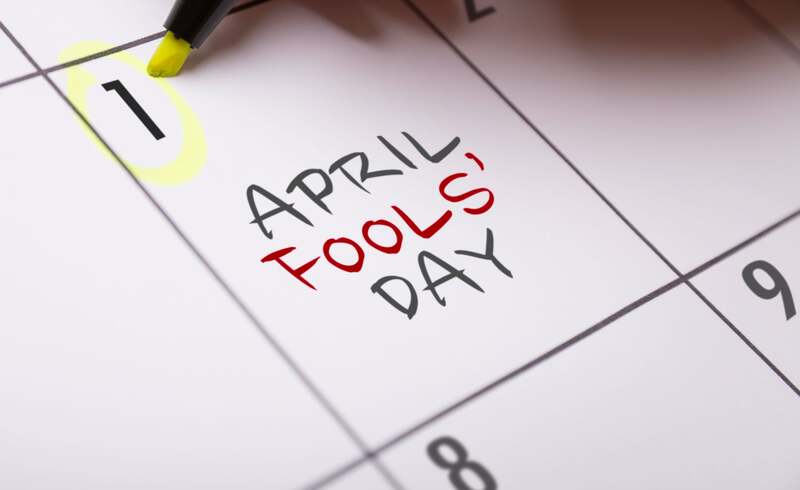
Easter has coincided with April Fool’s Day twelve times
Funny enough, there were times when this Christian holiday coincided with one of the most offbeat days of the year: April Fool’s Day, a celebratory day for pranksters everywhere, which falls on the 1st of April. History has recorded that the two calendar milestones coincided because calculations made back in the sixth century dictated Easter would fall on the first Sunday after the first full moon, which was typically after the 21st of March. As a result, Easter could not fall before the 22nd of March or later than the 25th of April. The rules, then, allowed astronomers to calculate on what date Easter would fall far into the future, and on rare occasions, it fell on April Fool’s Day instead. So far, Easter and April Fools’ Day coincided back in 1714, 1725, 1736, 1804, 1866, 1877, 1888, 1923, 1934, 1945, 1956 and 2018. It is expected that such a ‘collision’ will happen again in 2029.




